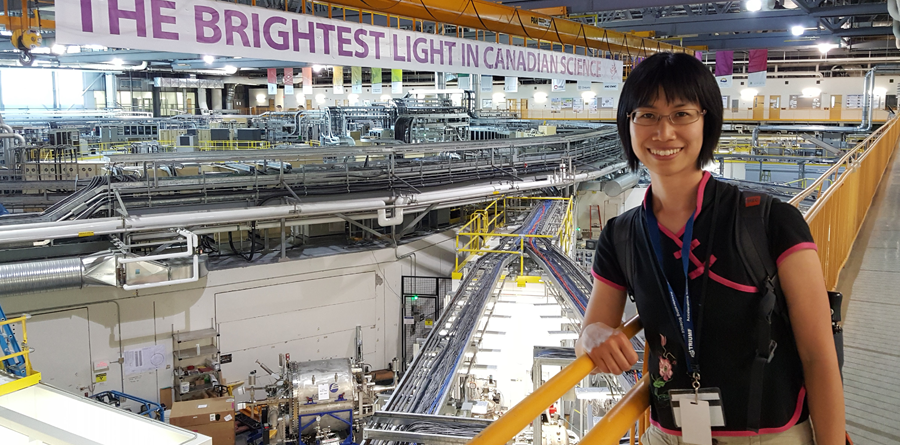CBC’s Emily Chung is upbeat on the science beat
October 11, 2018

October 11, 2018

Emily Chung (PhD’ 04) has been a science and technology journalist with CBC for 12 years. Before that, she wrote a chemistry column for YES Mag, a science magazine for kids, among many other writing gigs. We talked to her about the state of science and tech reporting.
CBC has actually expanded their science and tech coverage, which I think is great. There’s a big demand for it. People want to know about issues that affect us, like climate change and new technologies. Although science coverage in traditional media has been shrinking, there are a lot of popular Internet publications, like Motherboard and Ars Technica, that are interested in science. So there’s more science coverage than there used to be, maybe just not from the traditional media.
Scientists are more interested in communicating directly with the public, with tools such as social media. Scientists are also going to publications that sit at the border between journalism and communications. For example, The Conversation and Medium, where people who aren’t journalists can share stories in a journalistic way.
Sports and business reporting do have computers that write certain stories. But finding stories typically involves going out and having conversations with people, and that’s something computers don’t do.
I think having a PhD in chemistry gives me the confidence to tackle stories other people wouldn’t have the confidence to cover. There was also a new journalism school at UBC and since I was interested in science reporting I decided to take journalism courses. The people were really welcoming, the profs were great, and again, it really gave me confidence to go out and start reporting.
If you’re interested, start a blog. The more you practice the better you get. When I was a student, I found it hard to volunteer for the school paper at UBC because I had a very busy schedule. The deadlines and the time restrictions didn’t work. That’s the case with a lot of science students. With a blog you don’t have the same constraints.
We honour xwməθkwəy̓ əm (Musqueam) on whose ancestral, unceded territory UBC Vancouver is situated. UBC Science is committed to building meaningful relationships with Indigenous peoples so we can advance Reconciliation and ensure traditional ways of knowing enrich our teaching and research.
Learn more: Musqueam First Nation